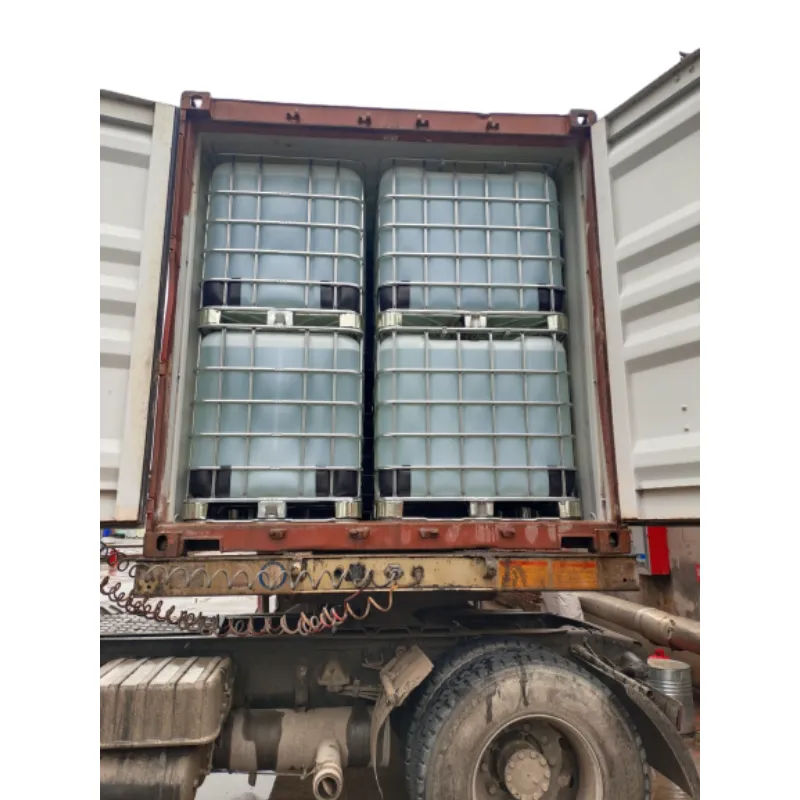
e150c food additive
Understanding E150c The Food Additive
E150c, commonly known as Caramel Color or Caramel III, is an artificial food coloring used extensively in the food and beverage industry. This additive belongs to a class of compounds known as caramel colors, which are derived from heating sugars, typically in the presence of acids or alkalis. E150c is notable for its rich, dark brown hue, making it a popular choice for a variety of products, including soft drinks, sauces, and baked goods.
Origins and Production
The process of creating E150c involves caramelizing carbohydrates to develop depth of flavor and color. Initially, simple sugars like glucose, sucrose, or lactose are heated to high temperatures. The presence of acids (like citric acid) or alkalis (like sodium carbonate) influences the final color and flavor profile. The heating process breaks down the sugar molecules, resulting in complex compounds that contribute both color and taste.
E150c is mainly produced in large quantities by manufacturers who supply the food industry. The specifications for this additive are strictly regulated by food safety authorities, ensuring that the product is safe for consumer use. Various grades of caramel color exist, but E150c is particularly characterized by its ability to stabilize in acidic environments, making it ideal for dark sodas and other beverages.
Uses in the Food Industry
E150c serves numerous functions in the food industry
1. Coloration The primary purpose of E150c is to provide color. In products where appearance plays a crucial role, such as cola and other carbonated drinks, the deep brown shade provided by E150c enhances visual appeal. 2. Flavor Enhancement Beyond color, E150c can contribute a mild flavor. This characteristic is beneficial in sauces, gravies, and baked products where a rich, caramelized flavor is desirable.
3. Stabilization E150c helps stabilize the color of various products, ensuring that they maintain their desired appearance over time, which is particularly important in beverages that may be stored for longer periods.
e150c food additive

4. Brand Identity Many brands rely on the distinctive color imparted by E150c to create a recognizable look for their products. This can play a pivotal role in brand identity and consumer recognition.
Safety Concerns
While E150c is generally recognized as safe (GRAS) by various food safety authorities, including the FDA and the European Food Safety Authority (EFSA), there are ongoing discussions surrounding its safety. Some studies have suggested potential links between caramel colorings and health issues, particularly concerning a specific sub-type of caramel color known as 4-Methylimidazole (4-MEI), which can occur during the production process. High levels of 4-MEI have been associated with animal carcinogenicity, leading some consumers to advocate for reduced usage in foodstuffs.
In response to such concerns, food manufacturers often monitor levels of 4-MEI and adhere to safety guidelines that promote consumer health while utilizing E150c in their products.
Regulatory Standards
E150c is subjected to rigorous regulations in many countries. In the European Union, the additive is approved under specific conditions and must be labeled as an ingredient on food packaging. In the U.S., it falls under the category of food additives that do not require pre-market approval, but companies must ensure that any food substances conform to safety standards.
Conclusion
E150c plays a vital role in the modern food industry, offering both color and flavor to a wide range of products. Its versatility makes it a staple ingredient in many kitchens and factories. However, as consumers become increasingly health-conscious, it is essential for manufacturers to remain transparent about their use of food additives and to prioritize safety. Understanding the nature and purpose of E150c allows consumers to make informed decisions about the products they choose, highlighting the importance of being aware of food ingredients in an ever-evolving marketplace.
-
Pure Sodium Dichloroisocyanurate Dihydrate | Powerful DisinfectantNewsAug.29,2025
-
Industrial Chemicals: Quality & Purity for Every IndustryNewsAug.28,2025
-
Nitrile Rubber Honoring Strict Production StandardsNewsAug.22,2025
-
Aspartame Ingredients Honoring Food Safety ValuesNewsAug.22,2025
-
Fertilizer for Balanced Plant NutritionNewsAug.22,2025
-
Cyanide Gold Processing with High Purity AdditivesNewsAug.22,2025
-
Formic Acid in Textile Dyeing ApplicationsNewsAug.22,2025
Hebei Tenger Chemical Technology Co., Ltd. focuses on the chemical industry and is committed to the export service of chemical raw materials.
-

view more DiethanolisopropanolamineIn the ever-growing field of chemical solutions, diethanolisopropanolamine (DEIPA) stands out as a versatile and important compound. Due to its unique chemical structure and properties, DEIPA is of interest to various industries including construction, personal care, and agriculture. -

view more TriisopropanolamineTriisopropanolamine (TIPA) alkanol amine substance, is a kind of alcohol amine compound with amino and alcohol hydroxyl, and because of its molecules contains both amino and hydroxyl. -

view more Tetramethyl Thiuram DisulfideTetramethyl thiuram disulfide, also known as TMTD, is a white to light-yellow powder with a distinct sulfur-like odor. It is soluble in organic solvents such as benzene, acetone, and ethyl acetate, making it highly versatile for use in different formulations. TMTD is known for its excellent vulcanization acceleration properties, which makes it a key ingredient in the production of rubber products. Additionally, it acts as an effective fungicide and bactericide, making it valuable in agricultural applications. Its high purity and stability ensure consistent performance, making it a preferred choice for manufacturers across various industries.





